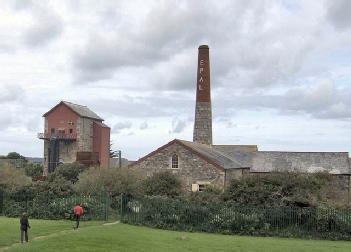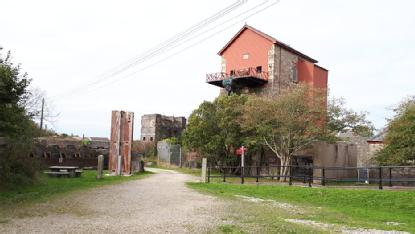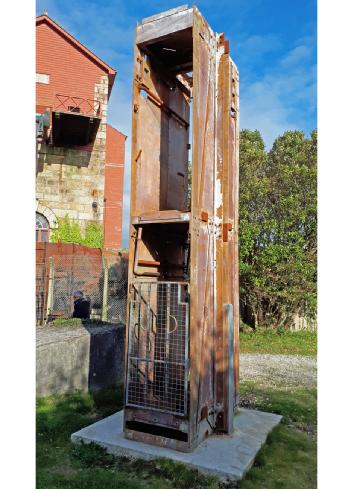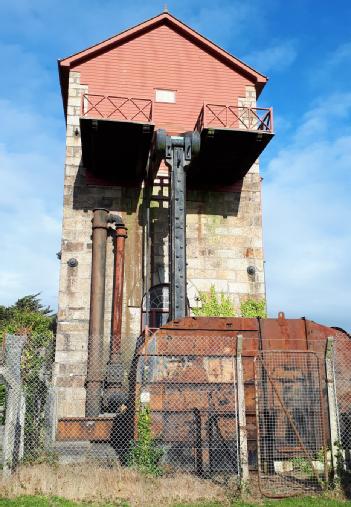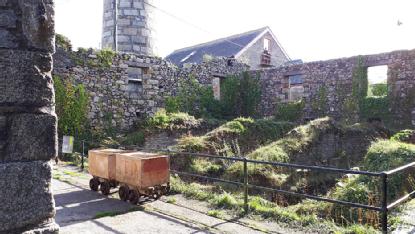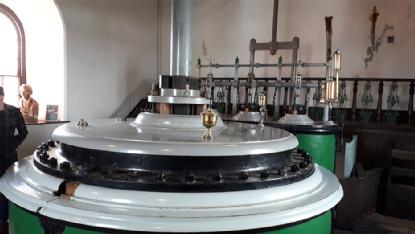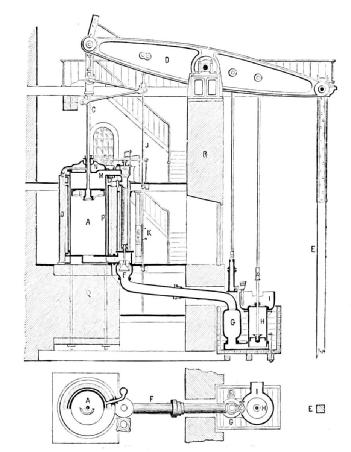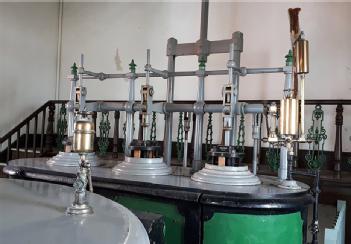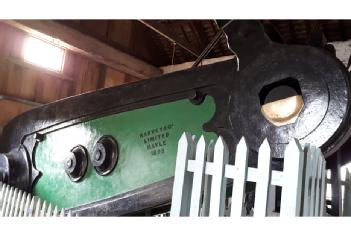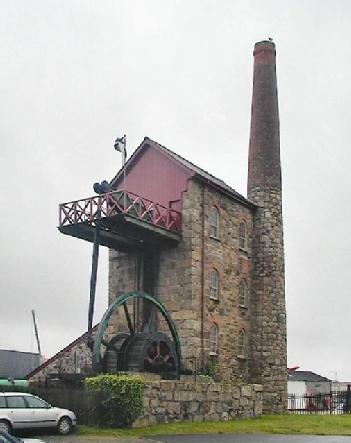
 |
East Pool mine |
TR15 3NP Pool, near Redruth, Great Britain (UK) (Cornwall) |
|
| Address |
|
| Floor area | unfortunately not known yet |
Mining
- Steam engines/generators/pumps
- Cranes and Lifts
- World Heritage Site
|
Opening times
|
|||||
|
Status from 12/2020
|
Adult: £9.00; Child: £4.50; Family: £22.50; Family 1 Adult: £13.50 | ||||
| Contact |
|
||||
| Homepage | www.nationaltrust.org.uk/east-pool-mine | ||||
| Location / Directions |
East Pool mine (later known as East Pool and Agar mine), was a metalliferous mine in the Camborne and Redruth mining area, just east of the village of Pool in Cornwall, England. East Pool Mine is based on two sites, around 500m apart: The main site East Pool Mine and Taylor's Engine House and the smaller site, Michell's Engine House. By cycle NCN3, ½ mile By bus frequent services from Penzance, St Ives and Truro (passing Camborne and Redruth train station) By train Redruth 2 miles; Camborne 2 miles By road leave A30 at Camborne East or Redruth junctions. Site signposted on A3047, reached through Morrisons' car park Free parking is in Morrison's supermarket car park for East Pool Mine and Taylor's Engine House, and outside Michell's Engine House. |
| Description | Impressive Cornish beam engines and industrial heritage discovery centre At the very heart of the Cornish Mining World Heritage Site sit these two great beam engines, originally powered by high-pressure steam boilers introduced by local hero Richard Trevithick. Preserved in their towering engine houses, they are a reminder of Cornwall's days as a world-famous centre of industry, engineering and innovation. The pumping engine is one of the largest surviving Cornish beam engines in the world, and the restored winding engine can be seen in action daily. So come and enjoy a film, displays, models and knowledgeable guides, and discover the whole dramatic story of Cornish mining. Wikipedia: The mine's main produce was copper and later tin, arsenic and wolframite, also small amounts of the ores of bismuth, cobalt and uranium. HistoryEast Pool mine started out in the early 18th century as a copper mine called "Pool Old Bal" In 1921 there was a large rockfall underground which destroyed both of the mine's winding shafts, and caused flooding, so the next year a new shaft, named Taylor's Shaft after the mine manager, was started. In 1924 a notable 90-inch (2.3 m) pumping engine was installed at this shaft, having been moved from Carn Brea mine where it had lain unused since 1914. It was known as Harvey's Engine and had been designed by Nicholas Trestrail and built in 1892 by Harvey & Co. It pumped water from the mine using seven lifts of pumps of 18-and-16-inch (0.46 and 0.41 m) diameter. The mine was taken over by its neighbour, South Crofty, and closed in 1945, but Harvey's Engine continued to pump water out of the South Crofty workings until 28 September 1954, when it was replaced by electrical pumps. It is likely that the Harvey's engine would have been scrapped were it not for the intervention of a Mr Greville Bathe of Florida, who purchased the engine and donated it to the Cornish Engines Preservation Committee, who gave it to the National Trust in 1967. Today Today, the site is within area A5 (The Camborne & Redruth Mining District) of the Cornwall and West Devon Mining Landscape World Heritage Site, and 2 beam engines have been preserved here. At Taylor's Shaft the National Trust has an Industrial Discovery Centre which incorporates several buildings dating from the 1920s. One of these is the engine house still containing the 90-inch (2.3 m) Harvey's Engine, which was saved through a donation from an American benefactor |
[dsp_museum_detail.cfm]
| Data Compliance | More Information |
 nationaltrust.org.uk
nationaltrust.org.uk 